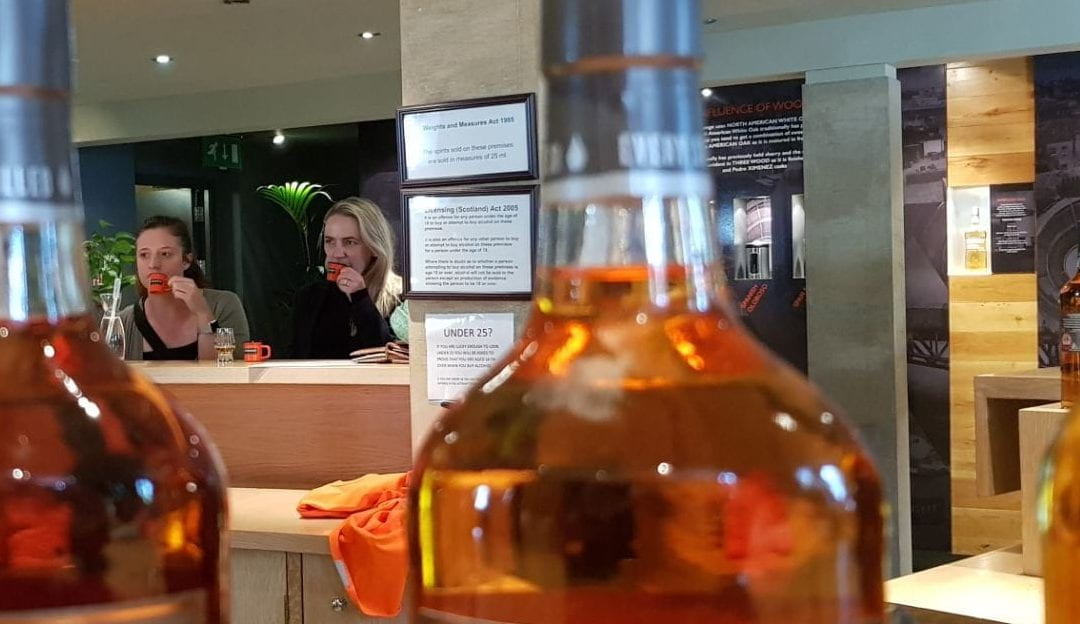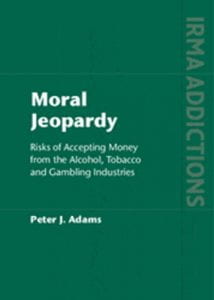The most interesting aspect of the Scottish change in alcohol legislation on May 2018 is how long it took to implement its new policy.
The story tracks back twelve years ago to rising public concerns in Scotland about increasing levels of drinking and alcohol-related harm. Later, when they looked at some of the drivers for this harm they found that alcohol was 60 percent more affordable today than it was thirty years ago.
Increasing the price of addictive consumptions, such as tobacco and alcohol, has been demonstrated as the most effective way of reducing both consumption and related harm.
Prices can be changed in a number of ways. One way is increasing the Government’s excise or tax on alcohol which takes the price up generally. Another way is to target the discounting of alcohol in certain outlets or venues (such as bars). The Scottish Parliament opted to look into setting a minimum price for each drink according to its alcohol content, partly due to constraints on setting alcohol excise rates as determined by European Union directives.
What setting minimum prices for alcohol does is ensure that liquor outlets, particularly supermarkets and bigger liquor stores with economies of scale, cannot sell cut-price alcohol. It is an intervention that particularly targets the heaviest drinkers because they disproportionately purchase more lower-priced products.
The Scottish Parliament passed its minimum pricing legislation in May 2012 but they had no idea that it would take another six years before they would be able to put this into effect.
First, five of Europe’s biggest wine-producing countries opposed the plan and the European Commission stated it could breach EU law. In response the Scotch Whiskey Association took the Scottish Parliament first to the Scottish Court of Session, then to the European Court of Justice, then back to the Court of Session and then onto the UK Supreme Court.
These legal battles took up vast amounts of time and money and were successful in delaying progress for six years; six years in which less harmful drinking might have been achieved. It speaks volumes of the extent to which alcohol industry interests are prepared to invest in preventing healthy public policy from being implemented. We’ve seen this all before with the tobacco industry.
But in true Scottish style, and with unstinting support from their First Minister, Nicola Sturgeon, the will of their Parliament finally prevailed.
Interestingly, in 2012 David Cameron’s UK Government had made a similar election promise to introduce minimum pricing but took a dramatic U-turn once they were in power. Reasons for such a change have led to a number of research studies looking at the way alcohol industry players were able to infiltrate and influence senior politicians.
The capacity of alcohol corporations to deploy profits to stall healthy public policy regarding alcohol is also a big issue in New Zealand. Our last major change in legislation, the Sale and Supply of Alcohol Act 2012, was notable in its avoidance of measures which we have strong evidence for reducing alcohol related harm, this applies particularly to pricing interventions.
In recent years, rates of hazardous drinking has been rising every year and over forty percent of alcohol here is consumed in heavy drinking occasions. The alcohol industry depends on heavy drinking to make its profits, mostly ending up in the pockets of international shareholders. Meanwhile in New Zealand, newspapers are constantly reporting on alcohol’s contribution to violence, poor mental and physical health and family disruption.
Isn’t it about time we looked seriously at implementing effective measures to reduce alcohol-related harm? Isn’t it about time we put pricing changes, ideally an increase in excise tax, on the policy agenda? Isn’t it about time we look more closely at how alcohol producers and retailers are able to exert such influence with our politicians?
For more on alcohol industry influence: Moral Jeopardy: Risks of Accepting Money from the Alcohol, Tobacco and Gambling Industries
Text and photo by Peter J. Adams


Recent Comments